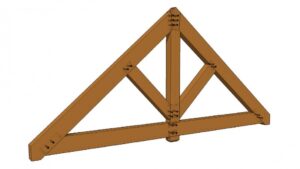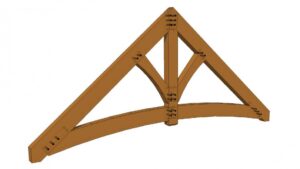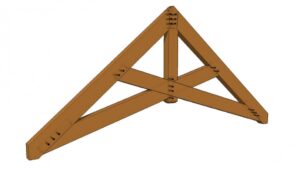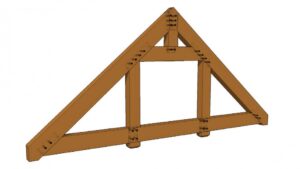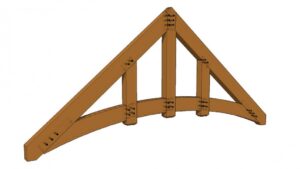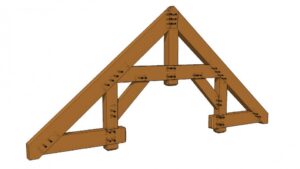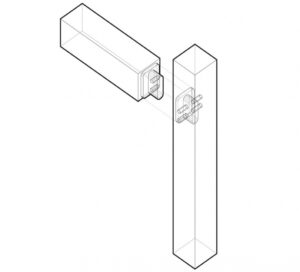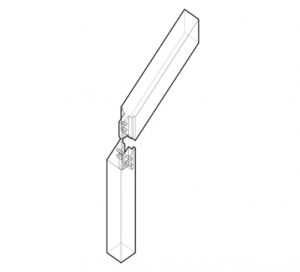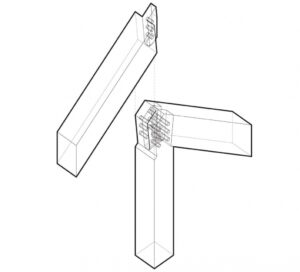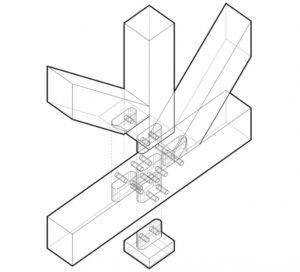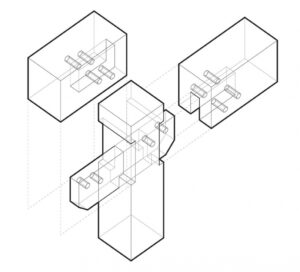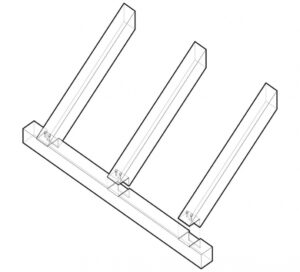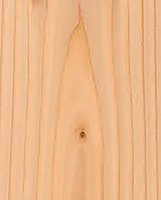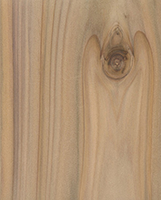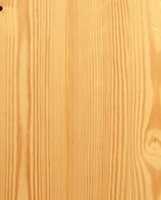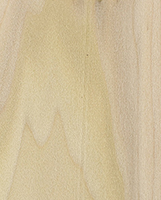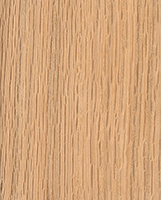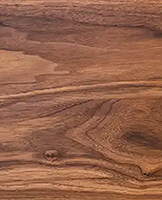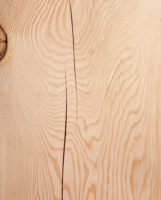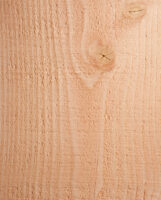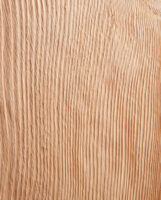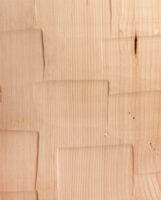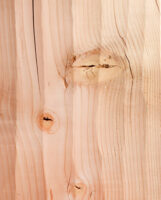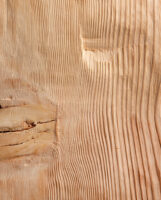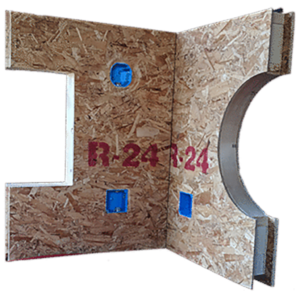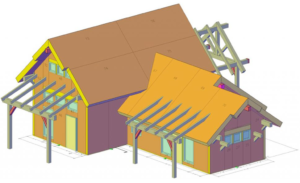FREQUENTLY ASKED QUESTIONS
Reclaimed Timber
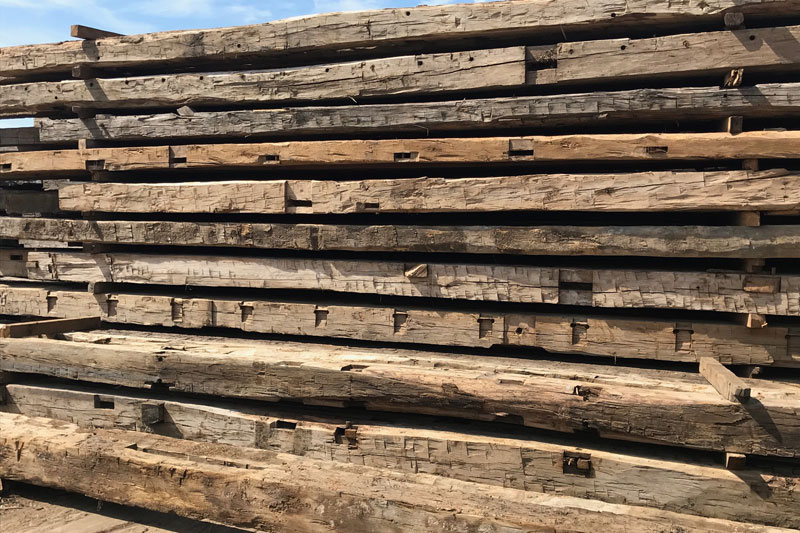
King PostTruss: central vertical post working in tension to support a beam below from a truss above.
There’s a growing demand in the market right now for wood that has been reclaimed from old buildings such as churches, barns, factories, and schoolhouses. The use of reclaimed timbers is environmentally conscious while also giving your home a unique story.
While have the ability to source reclaim wood from older structures that are being disassembled, however, the timing and availability of repurposed material greatly varies. If your preference is to use reclaimed timbers in the construction of your home, contact us as early in the process as possible, especially if you are looking for a specific species of wood. Reclaimed timbers will either need to be x-rayed for unseen nails and hardware before they can be put through our machine or each individual piece will need to be cut by hand, both of which are expensive and time consuming. As a more affordable option, we can re-create the look of reclaimed timbers with the application of different surface textures and finishes. Texturing techniques such as hewn, wire brush, and axe marks can create a desired vintage aesthetic.
Hammerbeam Truss: are decorative and open. It requires more components and joinery, but uses shorter size members rather than long lengths of timber.
Timber Frame Types
Types of Joinery
SIPS (Structural Insulated Panels)
Structural Insulated Panels (SIPs) are prefabricated wall and roof panels composed of lightweight, polyurethane foam insulation sandwiched between structural grade OSB facings.
The assembly of a panelized structure is incredibly efficient. Each individual panel is precision cut and labeled in a factory under controlled conditions, then shipped to the job site. The panels arrive as sections ready to be lifted into place. When paired with a timber frame kit, SIPs wrap around the timber elements to enclose the structure. The timbers then carry most of the load from the roof, while the SIPs act as a strong, air-tight insulating shell.
SIPs Provide Uncompromised Energy Efficiency, the wall panels utilize a closed-cell foam core instead of spray foam, blanket, or loose-fill insulation. Closed-cell foam insulation is a far superior insulator to the alternatives. 4” R-24 wall panel, the same R-value as a 6-1/2” EPS panel without the added cost of window jamb extensions. A thermal bridge is an area or component of an object (in this case, the 2×4 or 2×6 stud) which has higher thermal conductivity than the surrounding objects, creating a path of least resistance for heat transfer. SIP walls practically eliminate the need for 2x framing in the exterior walls, resulting in fewer thermal bridges than a conventionally framed alternative.
SIPs Streamline Construction Timelines, because they are dramatically faster to erect than conventional stick-built construction. This can mean a lot to builders and homeowners because it is one of the most labor-intensive parts of building a home. Ultimately, SIP wall panels allow you to enclose your home, get it dried in, and get on with your interior finish work in a shorter period of time. Another streamlined benefit associated with the use of SIPs is electrical work. Electrical boxes and ¾” conduit are installed custom to your plan not available with EPS. This dramatically reduces the time it takes an electrician to rough in the basic wiring of your home.
SIPs Help Save You Money, the ease of installation is less labor demanding, allowing smaller crews to work with greater efficiencies. Second, when you build with SIPs, you are no longer at the mercy of your local lumberyard and the supply chain issues they are facing. You know that when you place an order through a reputable manufacturer, you will receive a prefabricated wall system on-site, on time, and for the price you’ve committed to often months prior. Another unique attribute of a SIPs home is the lifetime cost savings associated with the structure’s energy efficiency. SIP homes are constructed to be air-tight and energy-efficient (see energy efficiency above). As a result, homeowners who build with SIPs see cost savings of up to 60% on heating and cooling compared to a traditionally built home.
Project Cost
Many variables influence this cost. To produce an accurate estimate, you must first decide on a basic floor plan, rough frame design, and ideas about your choice of wood, finishes, and embellishment. Although some builders and timber framers offer a cost-per-square-foot range, many elements affect this range:
-
How square footage is calculated greatly influences any estimate.
-
Are porches, garage areas, basements, and air space above great rooms part of the calculations?
-
Does the estimate include on-site raising by trained timberwrights?


